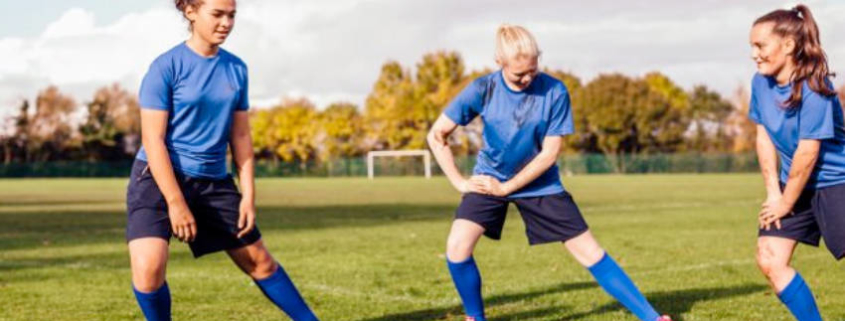Adolescent growth spurt in young athlete hamstring calf strain
‘As the twig is bent, so grows the tree’ ~ William Garner Sutherland (1873 – 1954),
A muscle strain is typically a muscle tear or “pull”, and is a common injury among young athletes. A muscle strain/tear is graded according to its severity. A grade I strain is a small tear and heals quickly; a grade II strain is a partial tear (part of the muscle stays normal, part of it tears); a grade III strain is a complete tear of the muscle. It is very common in the back of the thigh, the hamstring muscles help flex or bend the knee and the calf muscle.
Growth spurts in athletic children may lead to an increased incidence of injury. Muscles and bones grow at different rates. Bones grow at a quicker rate than muscles and tendons. The long bones of the thigh (femur) and lower leg (tibia, fibula) grow in length before the muscles and tendons elongate causing the muscles to be drawn out and increase the normal resting tension of the muscles (hamstrings, calves, popliteus). This can cause traction, tightness and, eventually, inflammation of the muscles and tendons. This rapid growth spurt makes it more difficult for muscles to contract with the same amount of force required before the growth spurt. This affects muscle strength and efficiency in sport as well as day to day activities. Muscles may fatigue more quickly and be less efficient than before a growth spurt. If engaging in sport on a frequent basis or at a high level during a growth spurt places high demands on the muscles and they may gradually tighten relative to the longer bones. This therefore means that muscles and or joints may get very inflexible. Awareness of this is a short-term situation is important, and encouragement to maintain a comfortable level of exercise, sports participation that does not hurt will help avoid injuries during this period. It is still great to encourage them but keep in mind that the growing body and immature skeleton is ever-changing. This makes children more vulnerable to injury. This is why you should never assume growing pains are nothing to worry about in an active child. This could be the time to take some precautionary steps to avoid injury. Keep an eye on your child’s movement. If their running or kicking has changed, or if your child complains of pain, that can be the first sign something is not functioning correctly. A child who loves their sport might not complain of the activity being painful, so it is important to ask if you’re not sure.
Consulting an osteopath will help the patient safely through this period with exercise and advice. It is important to manage rapid growth in athletic children appropriately and allow the rest of the body to catch up with the bones especially with the demands of rugby, dance, gymnastics or other sport increase. Stretching the tight muscles may actually be harmful during this stage as this will cause more pulling on the tendons inserting into the bones. It can be painful and may lead to injuries. Children can still exercise, but they may be more susceptible to injury at this time, and it is not a good time to increase exercise frequency or intensity. Should there be any sign of injury, cut down on exercise frequency and intensity until the growth spurt is over. If children are engaging in sport at school in physical education lessons, playing sport at break time and have different sports most afternoons of the week and weekends including matches and races. It can soon add up to hours and hours of sporting activities, which increases the load already placed on the stressed growing body.
Osteopathy can not only help with hands-on pain relief but also with the planning and progression of activities. If your child does have any concerns or pain following a growth spurt, contact your osteopath to discuss ways to help your child manage their taller body better and prevent growth related injury!
View a list of common complains that Osteopathy can assist with
Discovery the benefits of Osteopathy
- What is Osteopathy?
- Adult health issues
- Babies and Children
- During and after pregnancy
- Common Complaints
- Testimonials
- Sports Injuries
- Genral Osteopathy FAQs
- The Science & Reasearch



